Home>Renovation & DIY>Home Renovation Guides>How To Put In My Energy Savings Home Improvements
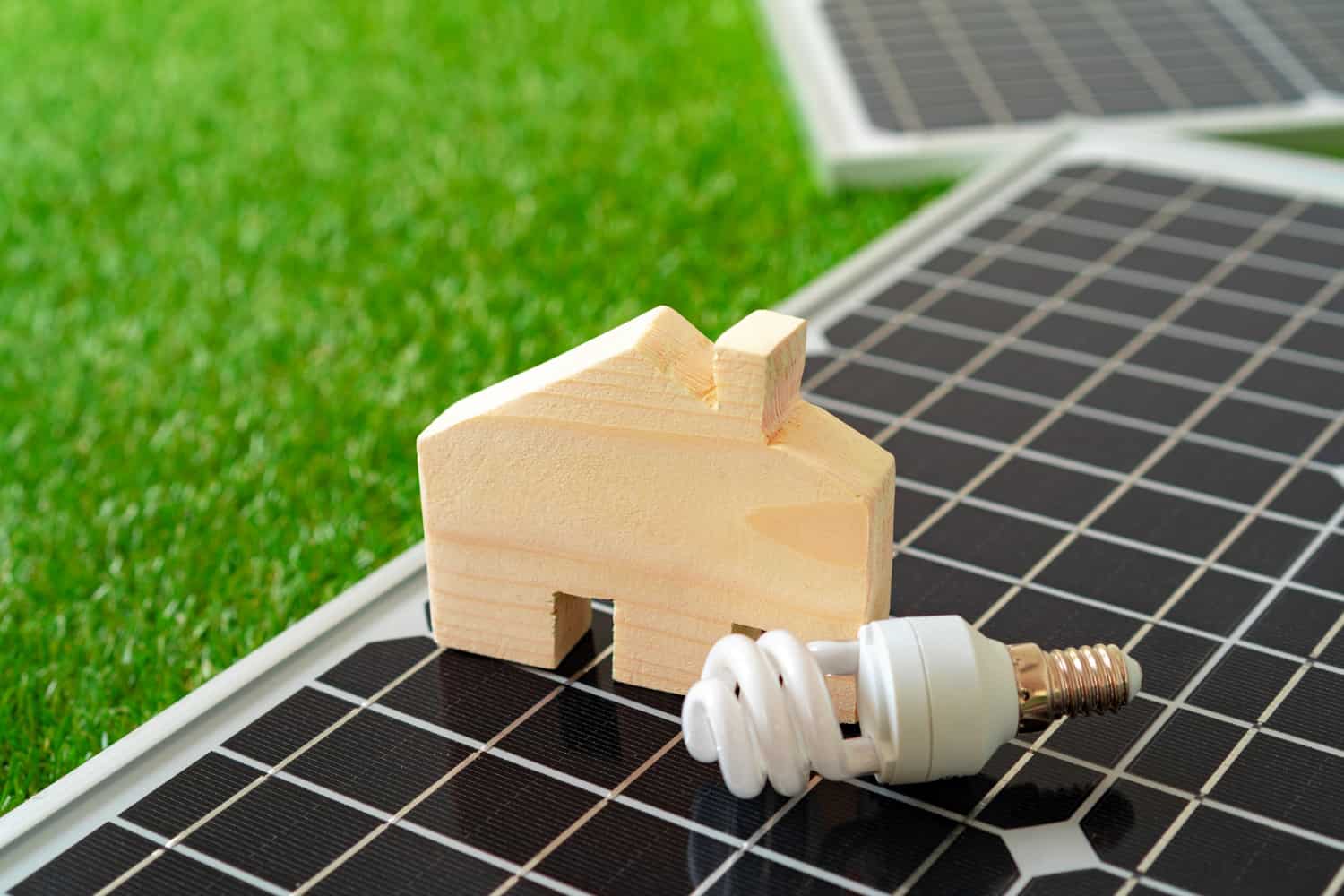

Home Renovation Guides
How To Put In My Energy Savings Home Improvements
Modified: January 4, 2024
Learn how to put in your energy-saving home improvements with our comprehensive home renovation guides. Save money and energy with our expert tips and advice. Discover the best ways to upgrade your home while reducing your carbon footprint.
(Many of the links in this article redirect to a specific reviewed product. Your purchase of these products through affiliate links helps to generate commission for Storables.com, at no extra cost. Learn more)
Introduction
Welcome to the world of energy-saving home improvements! Whether you're looking to reduce your carbon footprint, lower your energy bills, or simply create a more comfortable living environment, making energy-efficient upgrades to your home is a smart and rewarding endeavor.
In this comprehensive guide, we will explore the process of assessing your home's energy usage, identifying energy-saving opportunities, choosing the right home improvements, implementing these upgrades, and maintaining their efficiency over time. By the end of this journey, you'll be equipped with the knowledge and confidence to embark on your own energy-saving home improvement projects.
Embarking on this venture not only benefits your household but also contributes to the larger goal of environmental sustainability. By conserving energy and reducing your home's carbon emissions, you play a vital role in the global effort to combat climate change and preserve our planet for future generations.
So, let's dive in and discover the myriad ways you can enhance your home's energy efficiency while simultaneously enhancing your quality of life. Whether you're a seasoned DIY enthusiast or a first-time homeowner, there's something for everyone in the realm of energy-saving home improvements. Let's get started!
Key Takeaways:
- Transform your home into an energy-efficient oasis by assessing, implementing, and maintaining cost-effective upgrades. Enjoy lower bills, enhanced comfort, and a positive impact on the environment.
- Prioritize energy-saving improvements that align with your budget and sustainability goals. From insulation to renewable energy, make informed decisions to create a more efficient and comfortable living space.
Assessing Your Home’s Energy Usage
Before delving into energy-saving home improvements, it’s crucial to gain a comprehensive understanding of your home’s current energy consumption. This initial assessment serves as the foundation for identifying areas where efficiency can be enhanced and energy waste minimized.
Start by examining your utility bills over the past year to gauge your household’s average energy usage. Look for patterns in seasonal fluctuations and identify any unusual spikes in consumption. This analysis will provide valuable insights into your energy consumption trends and help pinpoint areas for potential improvement.
Next, conduct a thorough energy audit of your home. This involves inspecting various aspects of your property, including insulation, windows, doors, heating and cooling systems, lighting, and appliances. Look for signs of air leaks, inadequate insulation, outdated appliances, and inefficient lighting. Pay close attention to areas where energy loss is common, such as windows and doors.
Consider enlisting the services of a professional energy auditor to conduct a comprehensive assessment of your home. These professionals utilize specialized tools and techniques to identify energy inefficiencies and recommend targeted solutions. While there may be a cost associated with hiring an auditor, the insights gained can lead to significant long-term savings and a more comfortable living environment.
Additionally, take note of your daily habits and routines that contribute to energy consumption. Are lights left on unnecessarily? Do you frequently adjust the thermostat? By recognizing these behavioral patterns, you can proactively address energy-wasting habits and implement strategies for more mindful energy use.
By thoroughly assessing your home’s energy usage, you’ll gain a clear picture of its current efficiency levels and uncover opportunities for improvement. Armed with this knowledge, you can proceed to the next phase of identifying specific energy-saving opportunities within your home.
Identifying Energy-Saving Opportunities
With a comprehensive understanding of your home’s energy usage, it’s time to identify specific opportunities for energy-saving improvements. This phase involves evaluating various areas of your home and pinpointing potential upgrades that can enhance efficiency and reduce energy consumption.
Begin by focusing on insulation and air sealing. Inadequate insulation and air leaks can significantly impact energy efficiency. Assess the insulation levels in your attic, walls, and floors, and consider adding or upgrading insulation to minimize heat loss in the winter and heat gain in the summer. Seal air leaks around windows, doors, and other penetrations to prevent energy waste and improve indoor comfort.
Next, evaluate your heating, ventilation, and air conditioning (HVAC) system. If your HVAC system is outdated or inefficient, consider upgrading to a high-efficiency model. Regular maintenance, such as cleaning or replacing filters and scheduling professional inspections, can also optimize the performance of your HVAC system and reduce energy consumption.
Lighting is another area ripe for energy-saving improvements. Consider replacing outdated incandescent bulbs with energy-efficient LED or CFL bulbs. These modern lighting options consume significantly less energy and have a longer lifespan, resulting in reduced electricity usage and lower maintenance costs.
Assess the energy efficiency of your appliances and electronics. Look for ENERGY STAR® certified products when replacing or upgrading appliances, as they are designed to operate more efficiently and consume less energy than standard models. Unplug electronic devices when not in use to prevent standby power consumption, and consider using smart power strips to minimize energy waste.
Evaluate your water heating system and consider implementing energy-saving measures such as insulating hot water pipes, installing a high-efficiency water heater, and reducing hot water usage through efficient fixtures and behavioral adjustments.
Lastly, explore renewable energy options such as solar panels or wind turbines. While these investments require careful consideration and financial planning, they can significantly reduce your reliance on traditional energy sources and lower long-term energy costs.
By identifying specific energy-saving opportunities within your home, you can prioritize upgrades that align with your budget, lifestyle, and environmental goals. With a clear roadmap in place, you’re ready to move on to the next phase: choosing the right energy-saving home improvements.
Choosing the Right Energy-Saving Home Improvements
As you embark on the journey of enhancing your home’s energy efficiency, it’s essential to carefully select the most impactful and cost-effective improvements. By choosing the right upgrades, you can maximize energy savings, improve comfort, and contribute to a more sustainable living environment.
Prioritize improvements that offer a high return on investment and address the most significant sources of energy waste in your home. Focus on upgrades that align with your budget, long-term goals, and the specific energy-saving opportunities identified during the assessment phase.
Insulation and air sealing are fundamental improvements that can yield substantial energy savings. Consider adding insulation to attics, walls, and floors, and seal air leaks to minimize heat transfer and enhance indoor comfort. These relatively simple upgrades can deliver significant long-term benefits and are often eligible for rebates and incentives.
Upgrading to a high-efficiency HVAC system is another impactful improvement. Look for ENERGY STAR® certified furnaces, air conditioners, and heat pumps that offer superior energy performance and advanced features such as variable-speed motors and smart thermostats. Investing in a modern, energy-efficient HVAC system can result in lower utility bills and improved climate control.
When it comes to lighting, transitioning to energy-efficient LED or CFL bulbs is a cost-effective and straightforward improvement. These bulbs consume significantly less energy, have a longer lifespan, and provide quality illumination. Consider installing dimmer switches and motion sensors to further optimize lighting usage and reduce energy waste.
Appliance upgrades present an opportunity to enhance energy efficiency and reduce electricity consumption. When replacing appliances such as refrigerators, washing machines, and dishwashers, prioritize ENERGY STAR® certified models that are designed to operate efficiently and conserve resources. Additionally, consider investing in smart appliances equipped with advanced energy-saving features and connectivity options.
Exploring renewable energy options, such as solar panels and geothermal heat pumps, represents a significant long-term investment in sustainable energy production. While the upfront costs may be substantial, these solutions can substantially reduce or eliminate your reliance on traditional energy sources, resulting in considerable long-term savings and environmental benefits.
When selecting energy-saving home improvements, consider consulting with reputable contractors and energy efficiency experts to explore available incentives, financing options, and potential energy savings. By choosing upgrades that align with your home’s specific needs and your overarching sustainability goals, you can embark on a transformative journey toward a more energy-efficient and environmentally conscious home.
Consider starting with simple energy-saving improvements like sealing air leaks, adding insulation, and installing energy-efficient lighting. These small changes can make a big impact on your energy bills.
Implementing Energy-Saving Home Improvements
With a clear roadmap of energy-saving upgrades in hand, it’s time to roll up your sleeves and bring these improvements to life. Implementing energy-saving home improvements involves careful planning, strategic execution, and a focus on maximizing the efficiency and effectiveness of each upgrade.
Start by establishing a detailed project plan that outlines the scope of each improvement, associated costs, and a timeline for completion. Prioritize the upgrades based on their impact and feasibility, considering factors such as seasonal considerations, budget constraints, and professional assistance requirements.
For insulation and air sealing upgrades, consider enlisting the services of experienced contractors or insulation specialists. Proper installation is crucial for maximizing the effectiveness of insulation and air sealing measures. Work with professionals to ensure that these upgrades are executed meticulously, addressing areas of heat loss and air infiltration throughout your home.
When upgrading your HVAC system, seek out reputable heating and cooling contractors with expertise in energy-efficient installations. They can help you select the right equipment size and efficiency rating for your home, ensuring optimal performance and energy savings. Professional installation and regular maintenance are essential for maximizing the longevity and efficiency of your new HVAC system.
For lighting and appliance upgrades, consider tackling these improvements as DIY projects or with the assistance of qualified electricians. When replacing light fixtures or installing energy-efficient bulbs, ensure that the wiring and fixtures are compatible with the new technology. When upgrading appliances, carefully follow manufacturer guidelines for installation and consider professional assistance for complex installations.
If you’re venturing into renewable energy solutions such as solar panel installation or geothermal heat pump implementation, collaborate with reputable renewable energy companies and contractors. They can conduct site assessments, design custom solutions, and oversee the installation process to ensure optimal performance and energy production.
Throughout the implementation phase, prioritize safety, quality, and attention to detail. Adhere to industry best practices, building codes, and safety guidelines to guarantee the longevity and effectiveness of your energy-saving improvements. Consider conducting or scheduling regular inspections to verify the proper functioning of newly installed equipment and systems.
Finally, keep a detailed record of all improvements made, including warranties, installation dates, and maintenance schedules. This information will prove invaluable for future reference, maintenance, and potential resale of your home.
By meticulously implementing energy-saving home improvements, you can transform your home into a more efficient, comfortable, and sustainable living space while reaping the long-term benefits of reduced energy consumption and lower utility costs.
Monitoring and Maintaining Energy-Saving Home Improvements
Once your energy-saving home improvements are in place, the journey toward enhanced efficiency and sustainability continues with proactive monitoring and diligent maintenance. By staying vigilant and attentive to the performance of your upgrades, you can ensure their long-term effectiveness and maximize the benefits of your investment.
Regularly monitor your home’s energy consumption and utility bills to assess the impact of the implemented improvements. Compare current energy usage with historical data to gauge the effectiveness of the upgrades. Any significant deviations in energy consumption should prompt a thorough investigation to identify potential issues or areas for further improvement.
Utilize smart home technology and energy monitoring devices to track real-time energy usage and identify patterns of high consumption. These tools provide valuable insights into your household’s energy habits and can help pinpoint opportunities for additional energy-saving measures or behavioral adjustments.
Conduct periodic inspections of insulation, air sealing, and HVAC systems to ensure they remain in optimal condition. Check for signs of wear, damage, or deterioration, and address any issues promptly to prevent energy waste and maintain indoor comfort. Schedule professional maintenance for HVAC systems according to manufacturer recommendations to uphold their efficiency and longevity.
Regularly assess the performance of energy-efficient lighting and appliances. Monitor the functionality of LED or CFL bulbs, and promptly replace any that show signs of diminished performance. Keep appliances well-maintained and promptly address any malfunctions or inefficiencies to prevent unnecessary energy consumption.
If you’ve integrated renewable energy solutions such as solar panels or geothermal systems, monitor their performance and energy production to ensure they are operating at peak efficiency. Keep solar panels clean and free of debris, and schedule professional inspections of geothermal systems to verify their proper functioning and energy output.
Stay informed about advancements in energy-saving technologies and potential upgrades that could further enhance your home’s efficiency. Consider periodic assessments by energy auditors or sustainability experts to identify new opportunities for improvement and ensure that your home remains at the forefront of energy efficiency.
Engage your household members in ongoing energy conservation efforts. Educate them about the importance of energy efficiency and encourage mindful energy usage habits. By fostering a culture of sustainability within your home, you can amplify the impact of your energy-saving improvements and instill a sense of environmental responsibility in your family.
By actively monitoring and maintaining your energy-saving home improvements, you can safeguard their effectiveness and longevity, ensuring that your home continues to operate at peak efficiency while contributing to a more sustainable future.
Conclusion
Congratulations on embarking on the transformative journey of energy-saving home improvements! By delving into the realm of energy efficiency, you’ve taken a proactive step toward creating a more sustainable, comfortable, and cost-effective living environment. As you conclude this comprehensive guide, reflect on the significant strides you’ve made and the positive impact your efforts will have on your home and the planet.
Throughout this journey, you’ve gained invaluable insights into assessing your home’s energy usage, identifying energy-saving opportunities, choosing the right home improvements, implementing these upgrades, and maintaining their efficiency over time. Armed with this knowledge, you’ve equipped yourself with the tools and understanding necessary to make informed decisions about enhancing your home’s energy efficiency.
By assessing your home’s energy usage, you’ve gained a comprehensive understanding of its current efficiency levels and identified areas for potential improvement. This foundational step has set the stage for targeted and effective energy-saving upgrades.
Identifying energy-saving opportunities has allowed you to pinpoint specific areas within your home where efficiency can be enhanced. From insulation and HVAC systems to lighting and renewable energy options, you’ve identified opportunities to reduce energy consumption and create a more sustainable living space.
Choosing the right energy-saving home improvements has empowered you to prioritize upgrades that align with your goals, budget, and long-term sustainability objectives. By selecting impactful and cost-effective improvements, you’ve paved the way for substantial energy savings and enhanced comfort in your home.
Implementing energy-saving home improvements has been a transformative process, requiring careful planning, strategic execution, and a focus on maximizing the efficiency of each upgrade. Whether through DIY projects or professional installations, you’ve brought your vision of an energy-efficient home to life.
Monitoring and maintaining your energy-saving home improvements will be an ongoing commitment, ensuring that the benefits of your efforts endure over time. By staying vigilant, conducting regular inspections, and fostering a culture of energy conservation, you’ll safeguard the long-term effectiveness of your upgrades.
As you conclude this journey, remember that the impact of your energy-saving home improvements extends far beyond your household. By conserving energy and reducing your carbon footprint, you’re contributing to the larger goal of environmental sustainability and inspiring others to embrace energy efficiency.
Your commitment to creating a more energy-efficient home not only leads to tangible benefits such as lower utility bills and enhanced comfort but also plays a vital role in the global effort to combat climate change and preserve our planet for future generations.
Thank you for embarking on this transformative journey toward energy efficiency. Your dedication to sustainability and proactive approach to energy-saving home improvements exemplify the positive change that individuals can effect in their homes and communities. As you continue to prioritize energy efficiency, may your home serve as a beacon of inspiration for others to embrace sustainable living and contribute to a brighter, greener future.
Frequently Asked Questions about How To Put In My Energy Savings Home Improvements
Was this page helpful?
At Storables.com, we guarantee accurate and reliable information. Our content, validated by Expert Board Contributors, is crafted following stringent Editorial Policies. We're committed to providing you with well-researched, expert-backed insights for all your informational needs.

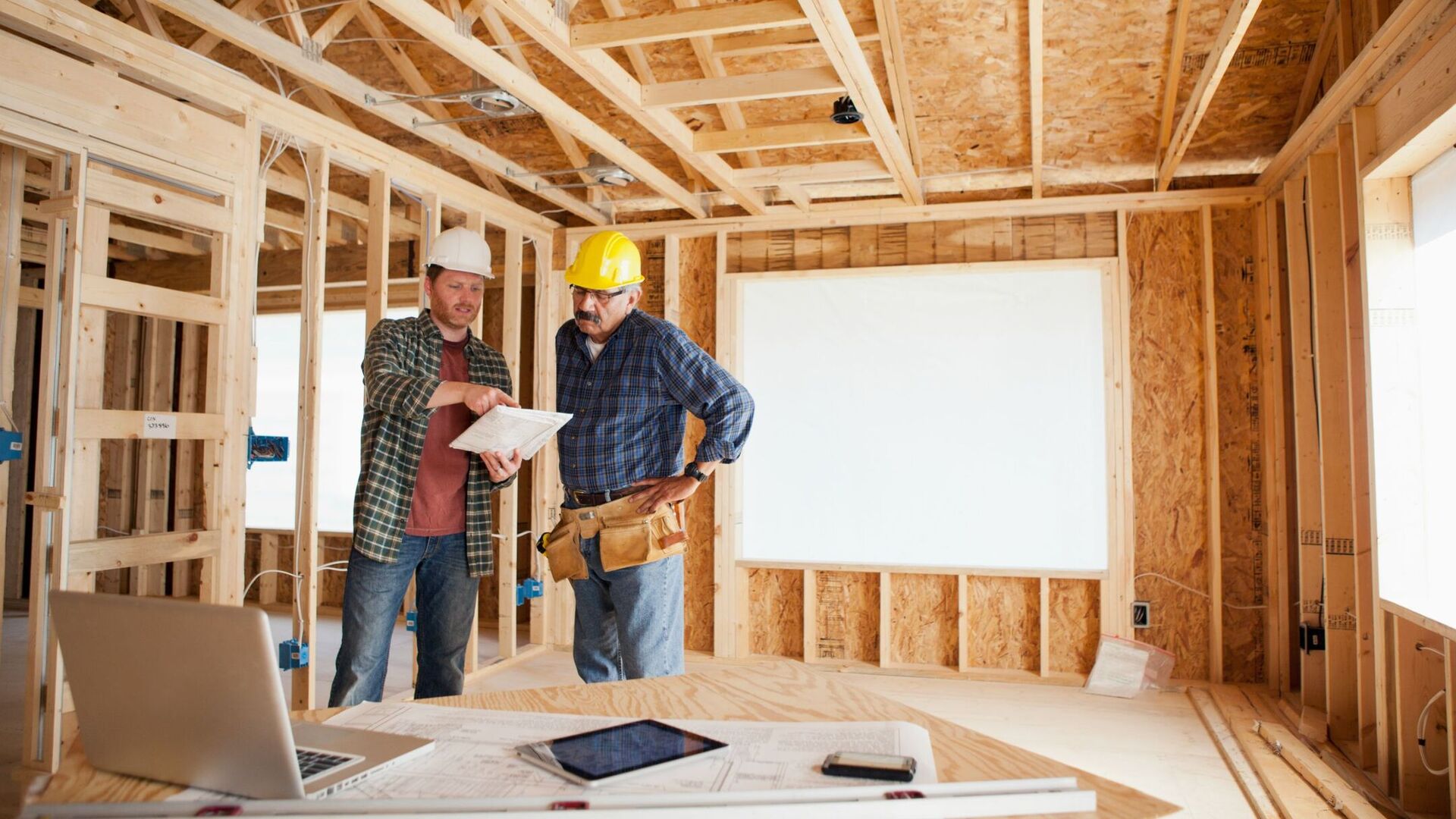

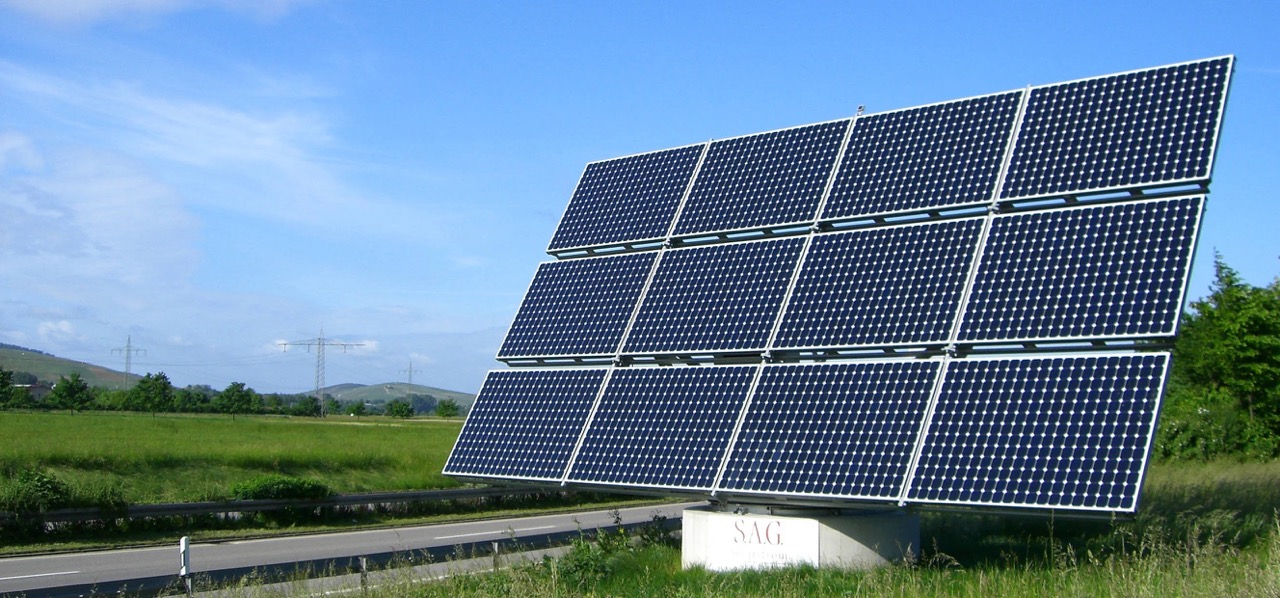
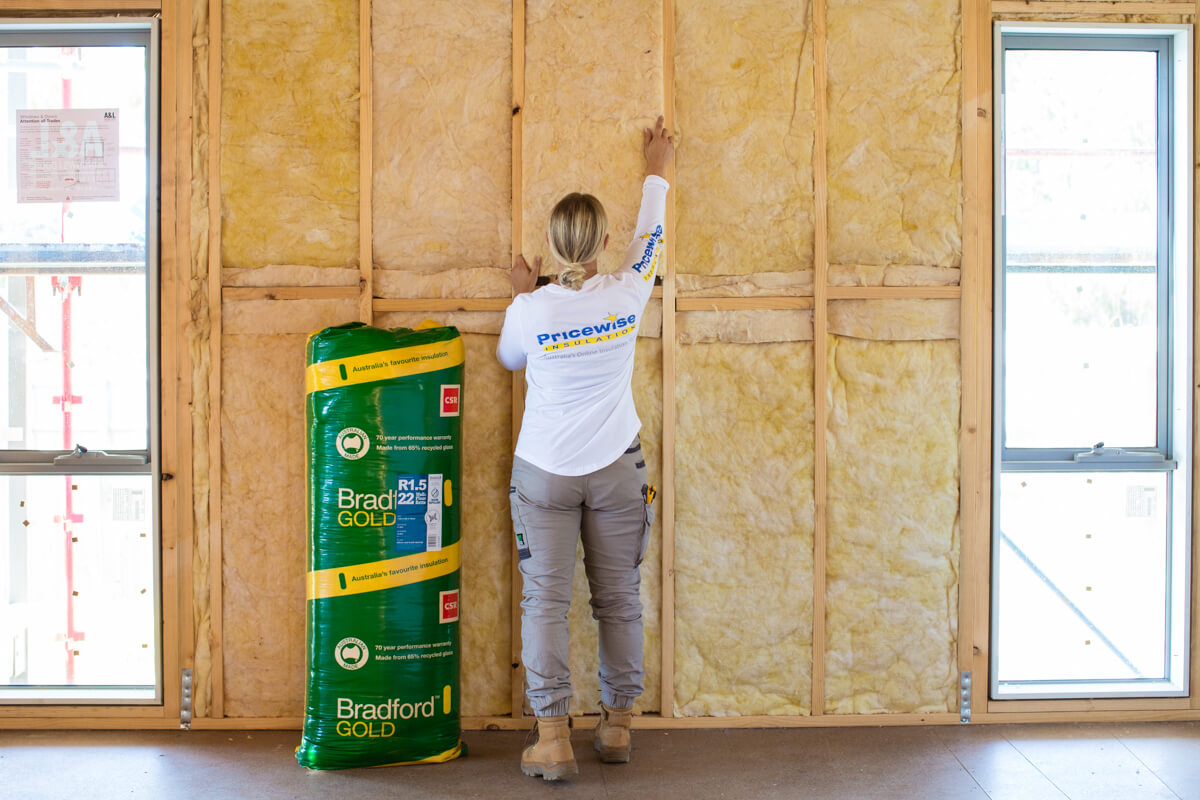
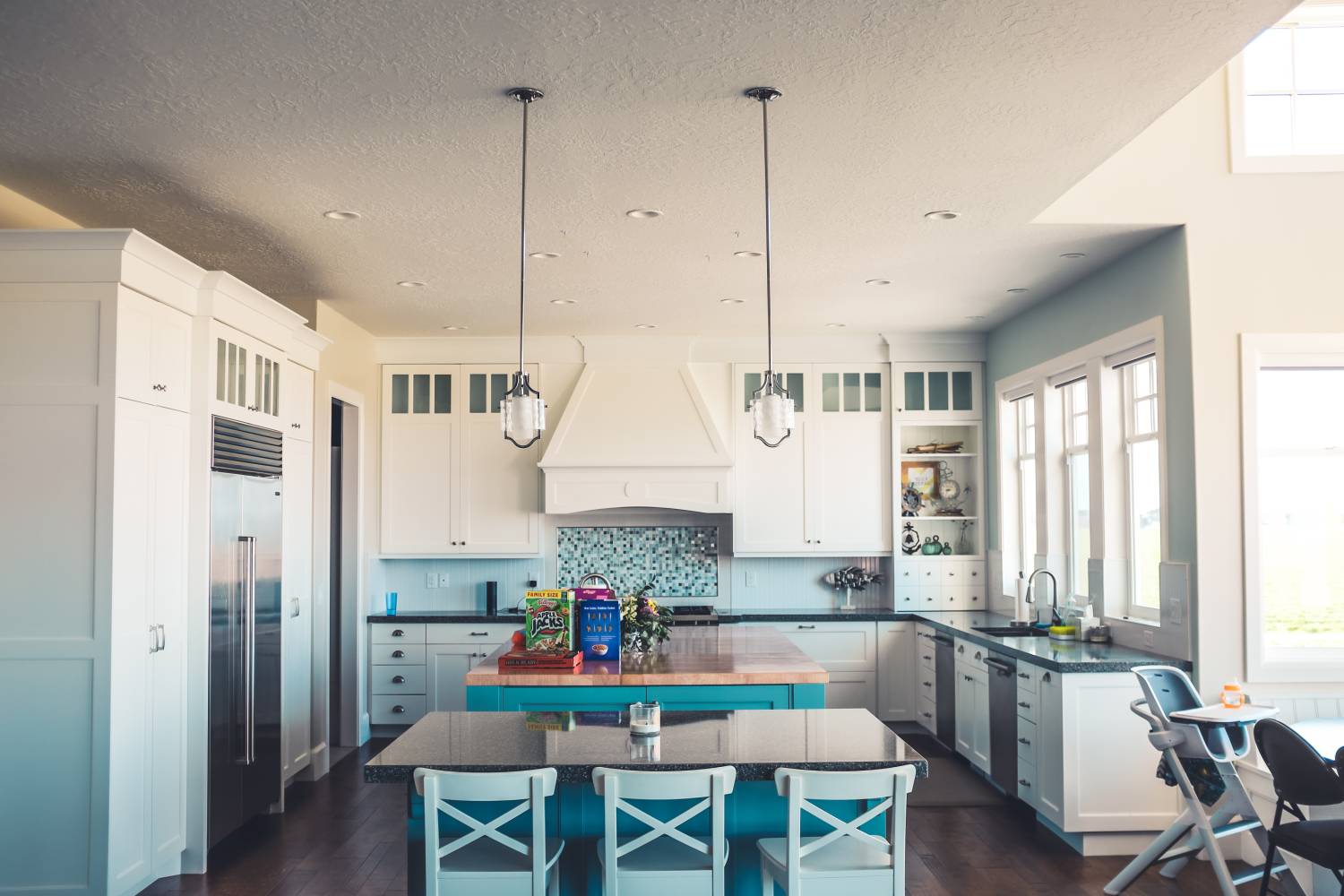

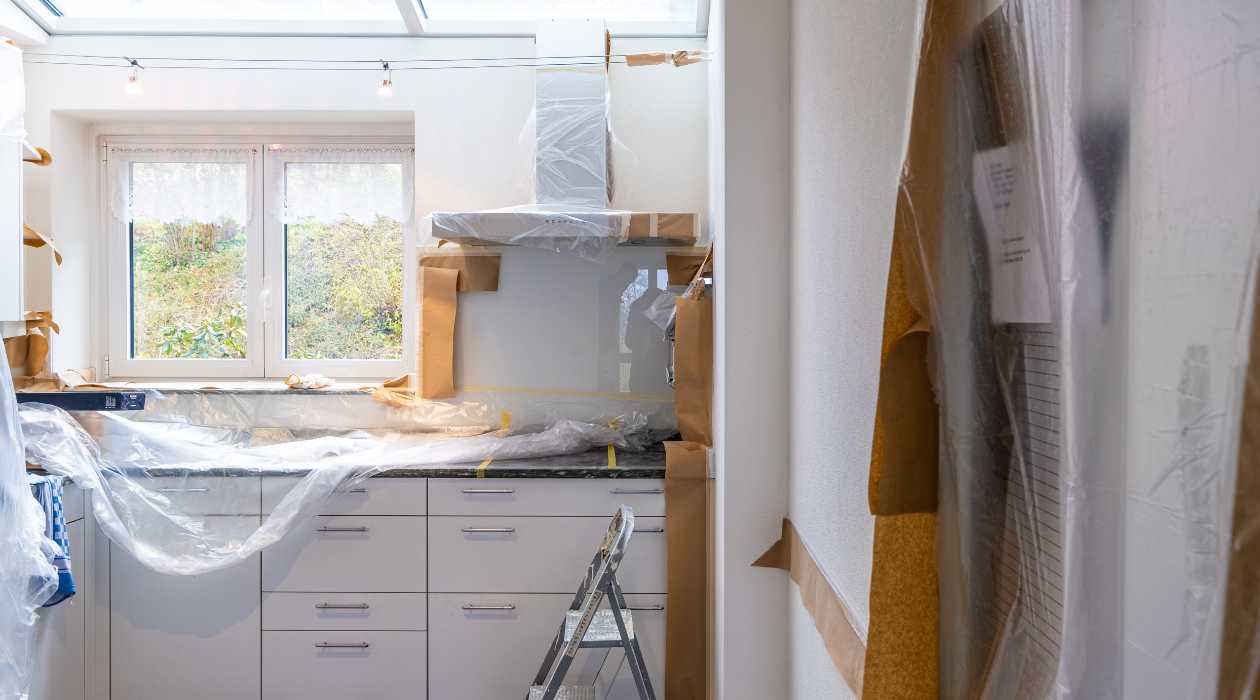
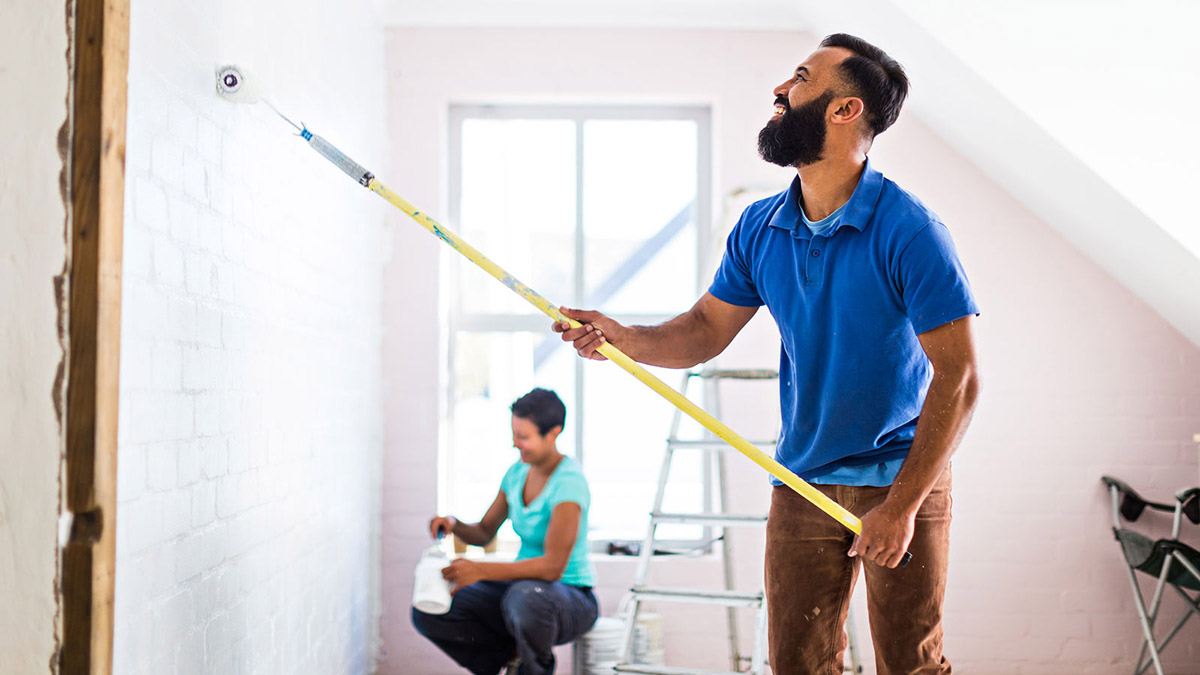

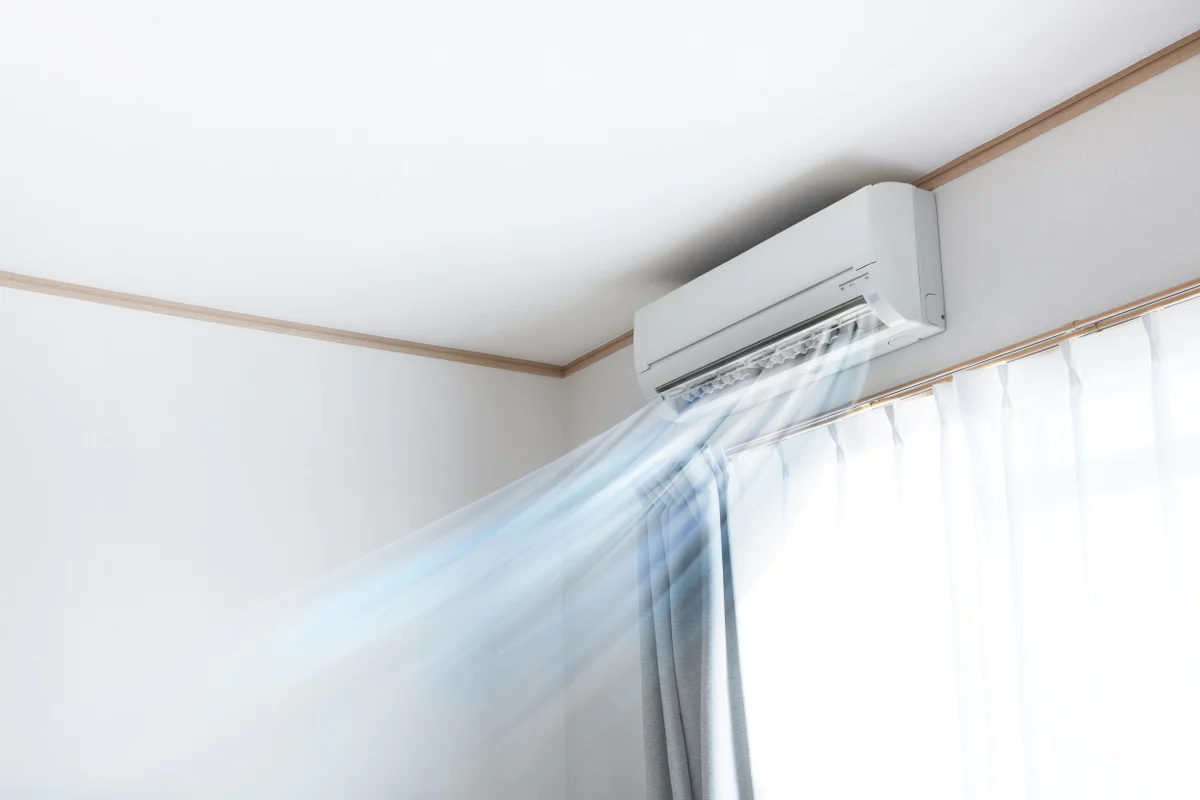
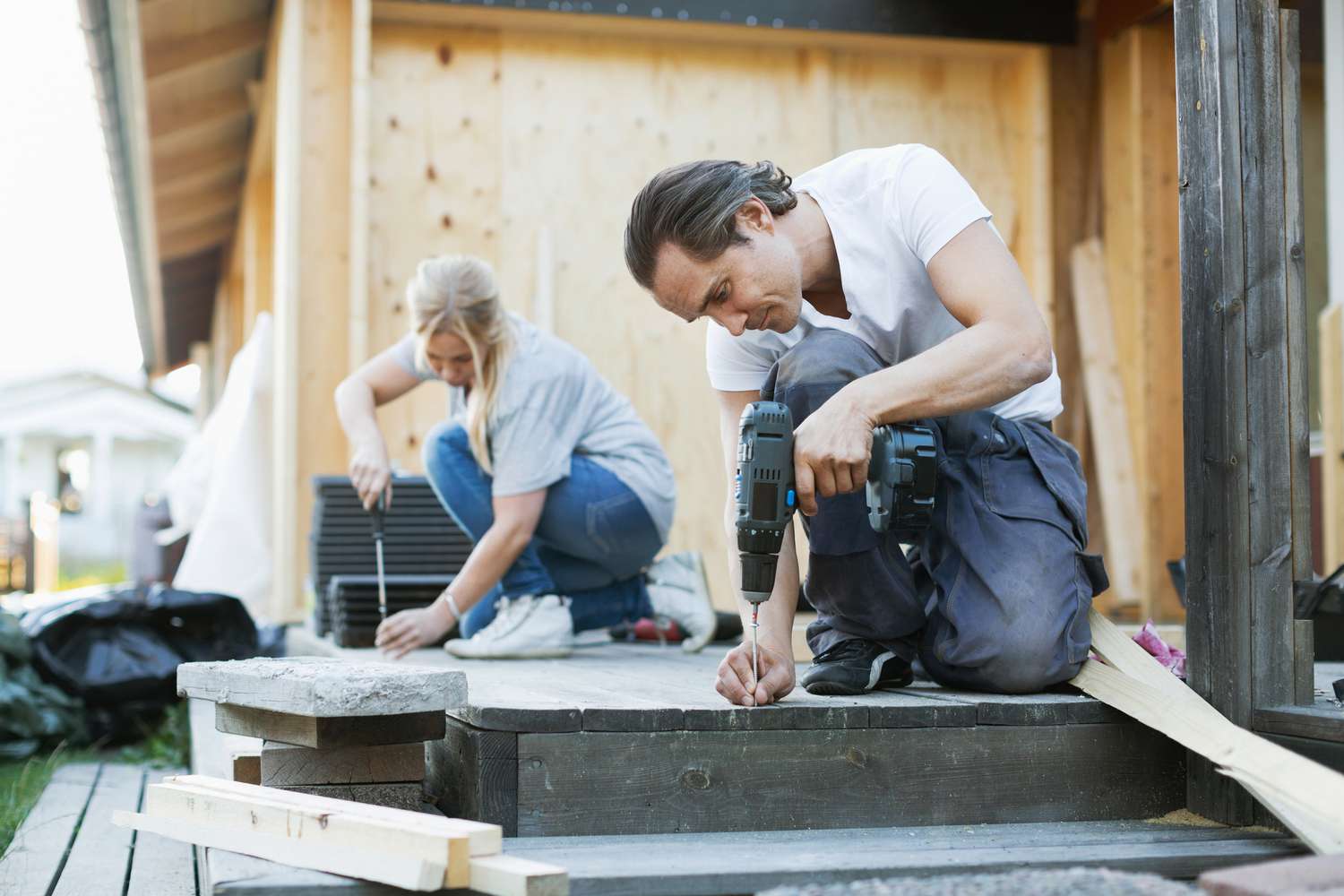

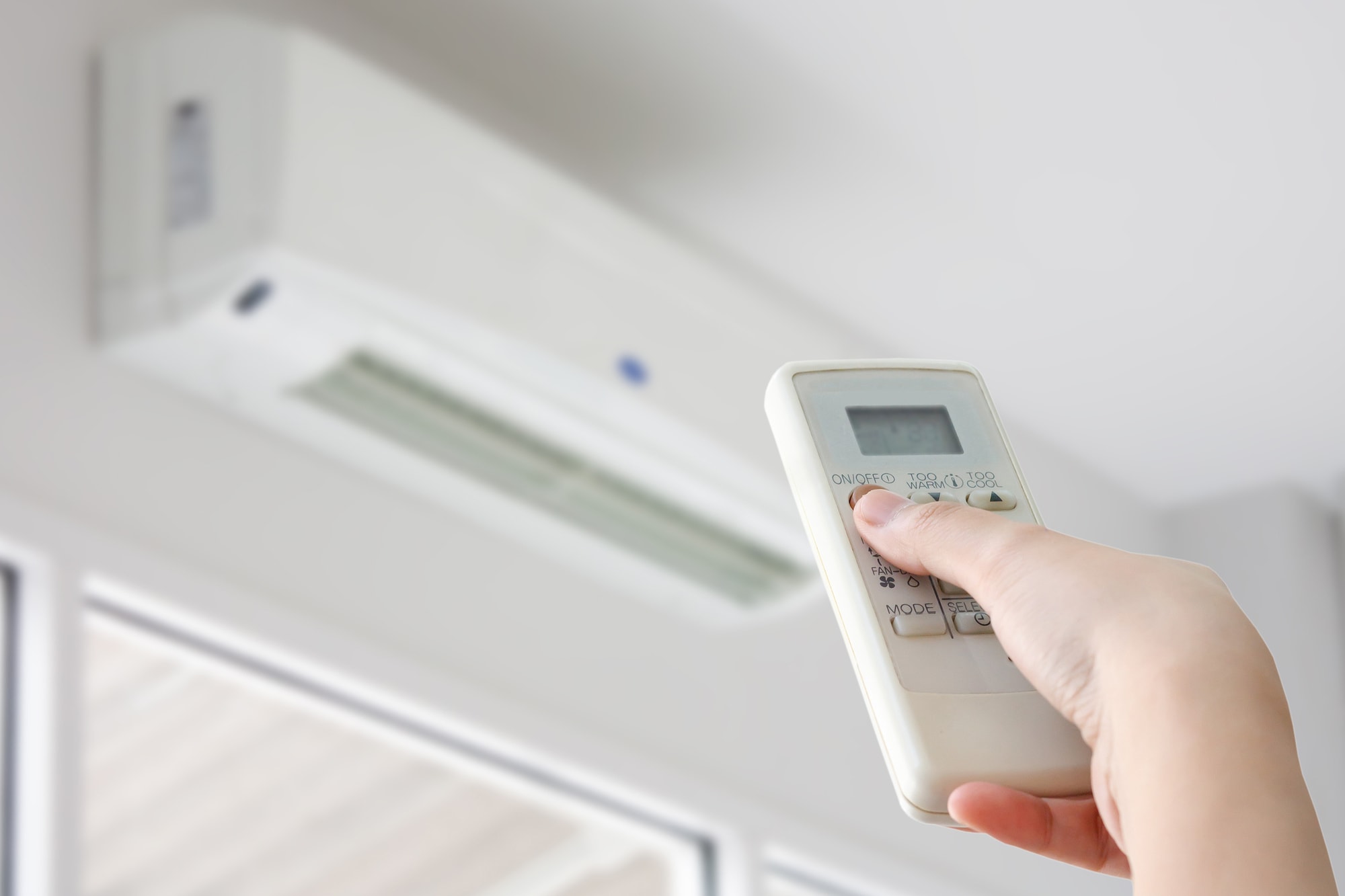

0 thoughts on “How To Put In My Energy Savings Home Improvements”